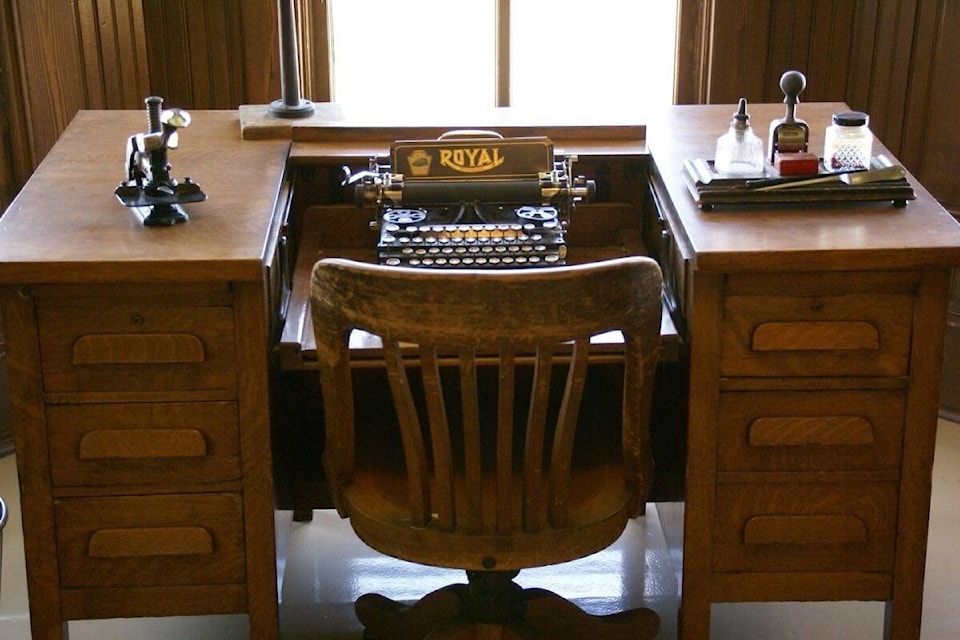I had occasion to drive to Whistler recently, something I haven’t done for more than 20 years, which was the last time I visited there. I was curious to see how the place had changed, since in between then and now the town hosted a little thing called the Winter Olympics, which you might have heard of.
The town — or at least the touristy part of it that I saw — was much as I remembered it: a Swiss Alpine village designed by someone who saw one once in a travel documentary. I have to say that it was the most impeccably clean place I have visited in a long time: there wasn’t a single piece of garbage to be seen anywhere. And despite the frankly extraordinary number of dogs that were out and about, I saw nary a trace of doggy-doo. Whether this is a tribute to the dogs, their owners, the municipality’s public works staff, or some combination of the three I can’t say, but it was noticeable.
What wasn’t quite as noticeable were some of the shops lining the (vehicle-free) main village. Whistler must have an extremely detailed sign bylaw, one which bans ostentatious, garish, and over-sized signs, and while it does wonders for the overall appearance of the place, some of the signs were so tastefully small and unobtrusive as to be almost invisible. When I returned to Ashcroft I mentioned to someone else who had been there that I had visited the Rocky Mountain Chocolate Factory, and they confessed that they hadn’t even noticed it. I almost didn’t see it either, but if there are two things I am good at sniffing out in a strange location it’s a) coffee shops and b) artisan chocolate emporiums.
The drive over via the Duffy Lake Road was certainly interesting. As I mentioned, it’s been more than two decades since I last made that trip, so perhaps I had blanked it out of my memory. I didn’t get to see a lot, being as how I was driving, and concentrating on the steep and winding road; what little I noticed was certainly pretty, but I was more concerned with navigating the hairpin turns and steep downhill stretches. Not a road for the faint of heart, or anyone who can’t remember the last time they got their brakes serviced.
I didn’t spend a lot of time in my hotel room, nice as it was, but when I was there I usually had CBC Newsworld on in the background. Last week they seemed to be airing non-stop coverage of the aftermath of the death of Queen Elizabeth, from the various memorial services to the procession to London’s Westminster Hall and of course The Queue, that miles-long line of people patiently waiting for an opportunity to file past the Queen’s coffin and pay their last respects to the only monarch that most British people have ever known.
The services were very solemn, and I imagine that for many people it all would have been a little too over the top and/or religious. For me they evoked memories of childhood, of sitting in a pew at Kerrisdale Presbyterian Church and hearing the ornate language of the King James version of the Bible and listening to the traditional hymns while holding the hand of my maternal grandfather, a church Elder.
I was glad that they used the King James version for the Queen’s services, for the beauty of it is surpassed only by the language of Shakespeare; hardly surprising, as it was commissioned in 1604 and published in 1611, during the reign of Queen Elizabeth I and in a span of time in which Shakespeare wrote such plays as Othello, King Lear, Macbeth, and The Tempest, the last of which gives us the lines “We are such stuff / As dreams are made on, and our little life / Is rounded with a sleep.”
It’s a fitting epitaph from the reign of the first Queen Elizabeth for the second Queen of that name. Farewell, Ma’am, and thank you for your decades of dedicated service.
editorial@accjournal.ca
Like us on Facebook and follow us on Twitter
